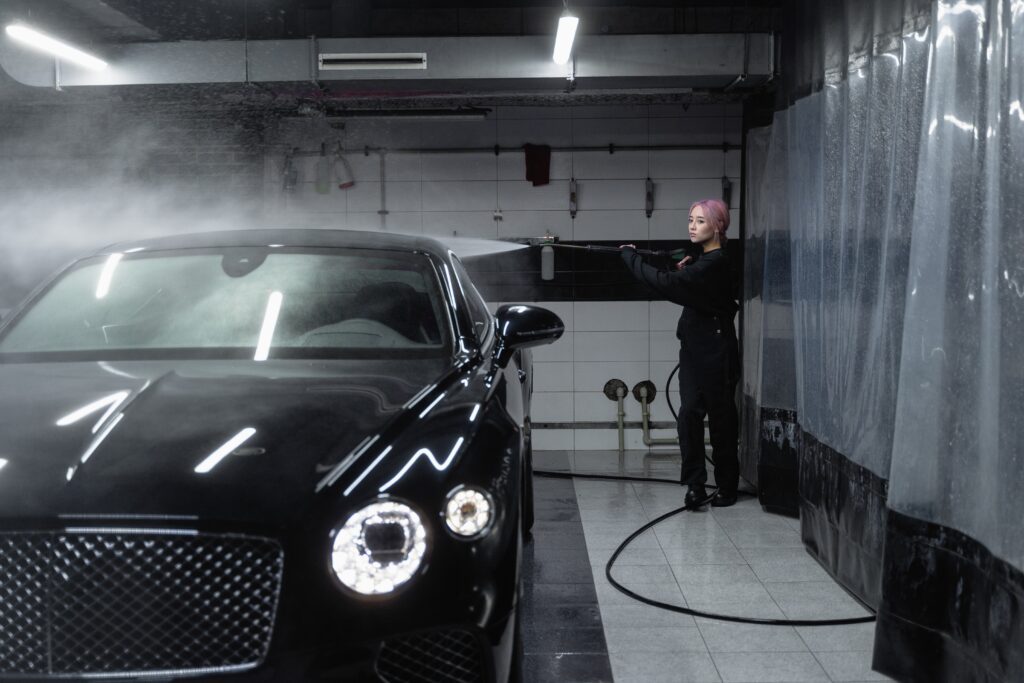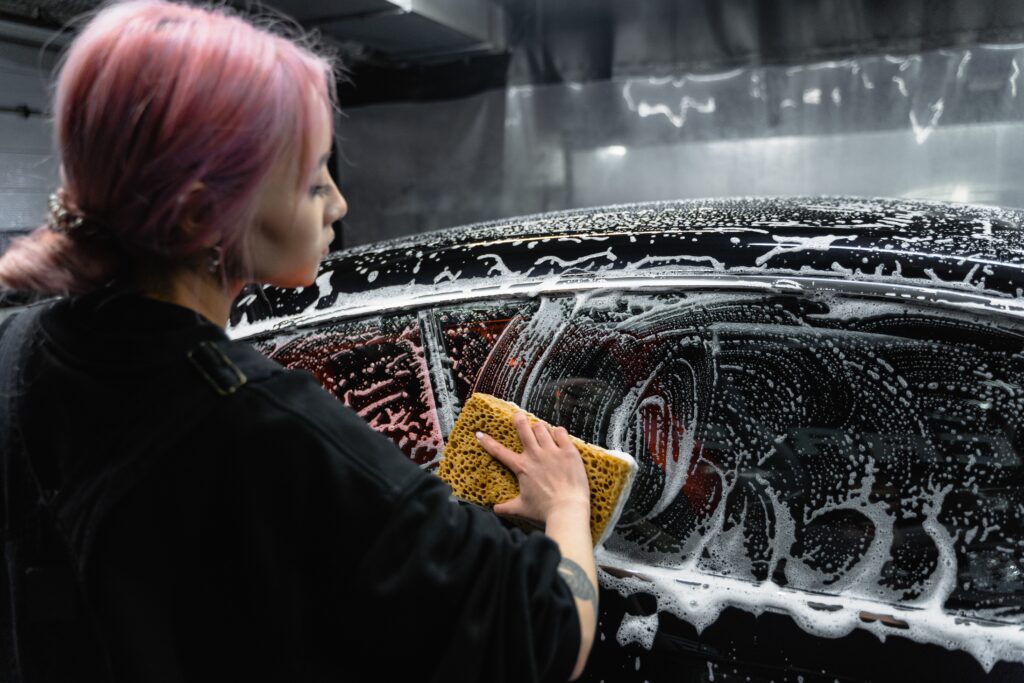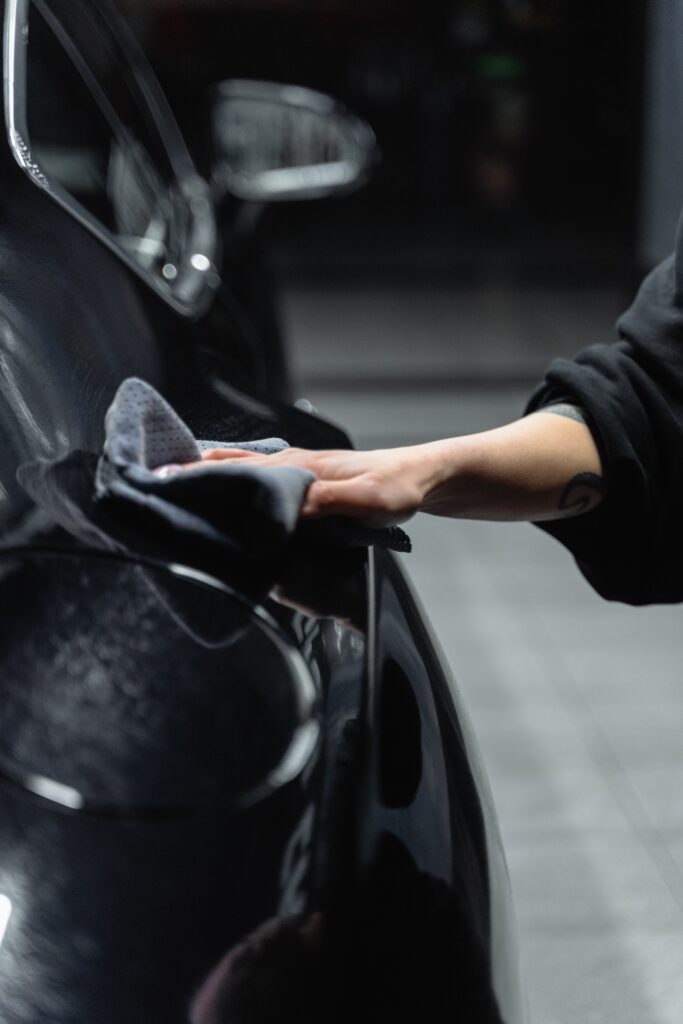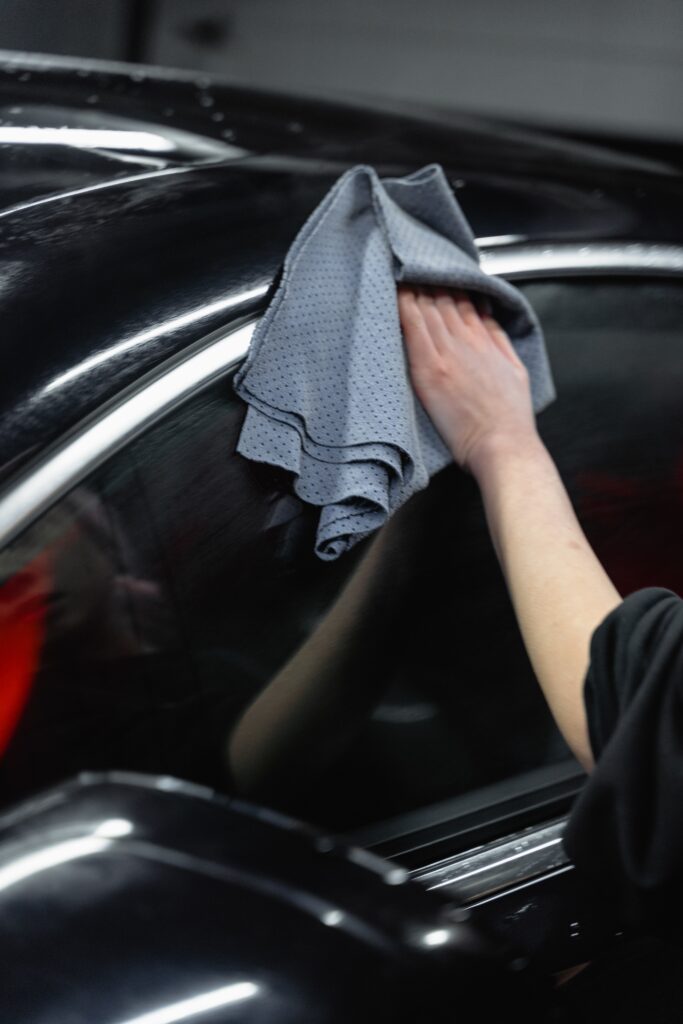Learn the tips and tricks for how to wash a car. Discover the supplies you’ll need, pre-wash preparation, and how to rinse and dry your car.
Introduction – How To Wash A Car
In this guide, we’ll be focusing on the car washing aspect of the car detailing process. It’s important to note that washing your car is just one step in a complete detailing routine. Other steps include cleaning wheels and tires, interior cleaning, and more. We’ll be covering these topics in separate articles, so stay tuned for those.
Now, let’s dive into the importance of washing your car. Not only does it make your car look great, but it also plays a crucial role in maintaining its finish and preventing damage. By washing your car regularly, you can protect its paint from harmful contaminants such as dirt, bird droppings brake dust, and road grime. These contaminants can cause corrosion and rust over time, leading to costly repairs.
But washing your car isn’t just about preventing damage. It can also help you identify any areas that may require repairs. By thoroughly cleaning your car, you can spot any chips, scratches, or dents that may have gone unnoticed. Catching these issues early can help prevent further damage and save you money in the long run.


Gathering supplies
- Two Buckets: When selecting a bucket for washing your car, choose one that is large enough to hold a sufficient amount of water and soap. Look for a sturdy bucket made of high-quality materials that won’t easily tip over.
- Car Wash Soap: It’s important to use a soap that is specifically designed for washing cars. Regular dish soap can be too harsh and strip the wax from your car’s paint. Look for a pH-balanced car wash soap that is gentle on your car’s finish.
- Microfiber Wash Mitt: A microfiber wash mitt is gentle on your car’s paint and helps prevent scratches and swirl marks. Look for a mitt that is soft, absorbent, and machine washable.
- Drying Towel: After washing your car, you’ll need a drying towel to dry off any remaining water. Look for a soft, absorbent towel that won’t scratch your car’s paint.
- Glass Cleaner: To clean your car’s windows and mirrors, use a glass cleaner that is designed for automotive use. Look for a cleaner that is streak-free and won’t leave behind any residue.
Pre-Wash Preparation
It’s important to properly prepare the car for the wash. By following a few pre-wash preparation tips, you can help ensure that your car is clean and shiny after the wash.
One of the first things you should do when preparing your car for a wash is to park it in a shaded area. Direct sunlight can cause the soap and water to dry too quickly, which can leave soap streaks and water spots on the car’s surface. By parking in a shaded area, you’ll be able to avoid this problem and ensure that the car stays wet throughout the washing process.
Another important pre-wash preparation tip is to rinse the car with water before you begin washing it. This will help remove any loose dirt and debris from the car’s surface, which can help prevent scratches and other damage during the wash. When rinsing the car, it’s important to use a gentle stream of water to avoid damaging the car’s paint job.
In addition to these pre-wash preparation tips, there are a few other things you can do to help ensure a successful car wash.
For example, you may want to use a high-quality car wash soap and a soft wash mitt or sponge to help avoid scratching the car’s surface. You may also want to consider using a separate rinse bucket, for rinsing your wash mitt or sponge, to help prevent dirt and debris from getting back onto the car’s surface.


Wash and Rinse
Now that you have prepared the car for the wash, it’s time to start washing it.
Use the right tools
A microfiber hand wash mitt is gentle on your car’s paint and helps to remove dirt and grime effectively. Avoid using regular sponges or towels, as they can scratch the surface of your car.
Start from the top
Washing your car from the top down ensures that dirt and grime are rinsed off the entire car as you work your way down. This prevents dirt from being pushed into lower areas and causing scratches.
Use a two-bucket system
Fill one bucket with soapy water and another with clean water. Dip your wash mitt into the soapy water and wash a section of the car. Rinse the mitt in the clean water bucket to remove dirt and soap residue, then dip it back into the first soapy bucket of water and continue washing.
Rinse frequently
Soap can dry quickly and leave behind a tough-to-remove film, so it’s best to rinse your car using a hose or spray nozzle from the top down. Don’t forget to work your way down to the lower parts of the car, and give those wheel wells a good rinse too.


Rinsing and Drying
Rinsing and drying your car properly is just as important as washing it. Failing to rinse the car properly or leaving it wet can cause water spots and damage to the paint. Here are some additional tips to ensure a thorough rinse and dry:
Use a high-pressure nozzle or hose
A high-pressure nozzle will help to remove all soap and debris from the car’s surface, leaving it clean and spotless. Start at the top of the car and work your way down, making sure to rinse every crevice and corner.
Dry the car properly
Use a microfiber towel to dry the car after washing. Avoid air-drying your car, as this can leave water spots.
Consider using a detailing spray
A detailing spray can add an extra layer of protection to your car’s paint and can help to prevent water spots. Simply spray the detailing spray onto a microfiber towel and wipe it onto the car’s surface, focusing on one section at a time.
By following these tips, you can ensure that your car is properly rinsed and dried, leaving it looking its best. Remember to take your time and be gentle when drying your car to avoid any damage to the paint.




For a complete guide to detailing your car check out my other blog posts here.
Ultimate Beginner’s Guide: How To Detail a Car in 13 steps for a Pro-Level Shine
5 Essential steps – How To Clean Wheels and Tires
How to Clean Engine Bay: A Comprehensive Guide
How often should I wash my car?
It’s recommended to wash every two weeks to prevent buildup of dirt and contaminants.
What type of soap should I use to wash my car?
Use a soap specifically formulated for cars to avoid stripping the wax and damaging the paint.
Can I use dish soap to wash my car?
No, dish soap is too harsh for car paint and can strip the wax and leave scratches.
Should I use hot or cold water to wash my car?
Use cold water as hot water can damage the paint and leave water spots.
IS IT NECESSARY TO USE A MICROFIBER WASH MITT TO WASH MY CAR?
Yes, a microfiber wash mitt is gentle on the paint and can trap dirt and debris without scratching the surface.
CAN I USE A PRESSURE WASHER TO WASH MY CAR?
Yes, but use a low-pressure setting and keep the nozzle at least one foot away from the car to avoid damaging the paint.
How to Wash a Car: Final Thoughts
Washing your car is an essential part of car maintenance that shouldn’t be overlooked. Not only does it help maintain the appearance of your car, but it also protects the paint from damage caused by dirt, debris, and environmental factors.
Remember to follow the steps outlined in this article and use the right tools and products for the job. By doing so, you can ensure that your car looks its best and remains in great condition for years to come.
So, get out there and give your car the wash it deserves! With a little bit of time and effort, you can have it looking as good as new.


